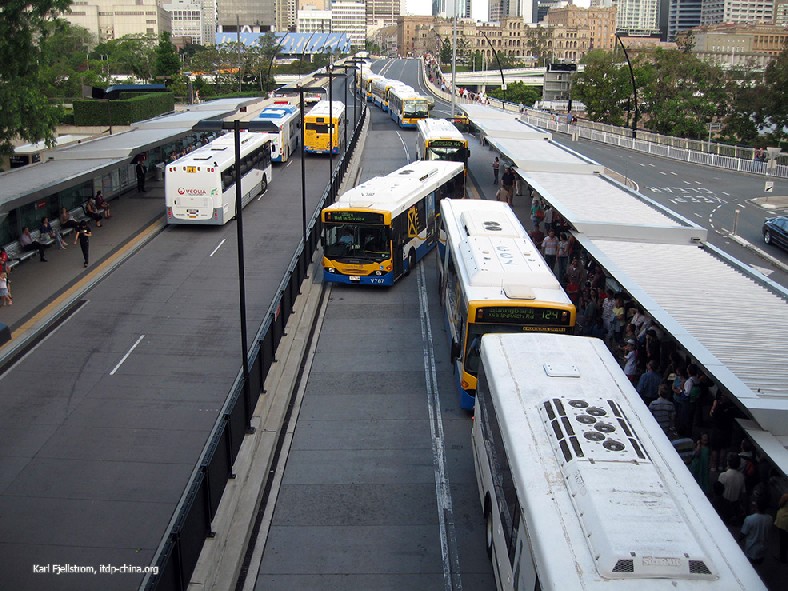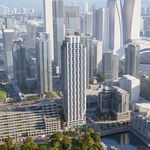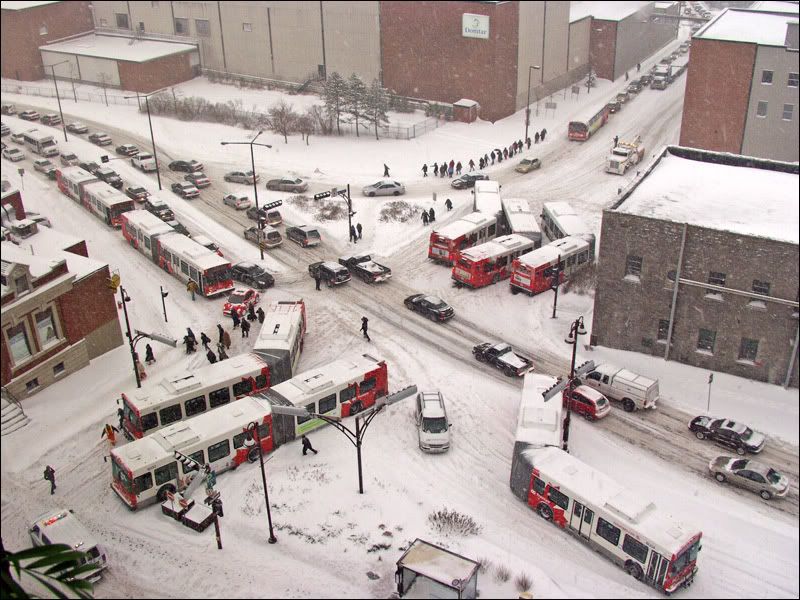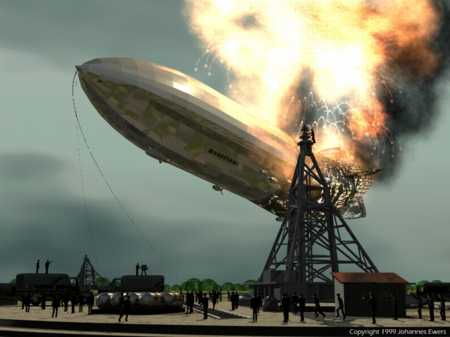W. K. Lis
Superstar
From LightRailNow!:

One reason for the high cost of busways is the need for passing lanes at stations to enable capacity approaching that of rail – but high ridership results in serious queuing of buses. Imagine your waiting time if you're trying to catch your bus home after work, but it's somewhere in that "conga line" of "BRT" buses trying to access the station!
[Photo: Karl Fjellstrom, ITDP]

One reason for the high cost of busways is the need for passing lanes at stations to enable capacity approaching that of rail – but high ridership results in serious queuing of buses. Imagine your waiting time if you're trying to catch your bus home after work, but it's somewhere in that "conga line" of "BRT" buses trying to access the station!
[Photo: Karl Fjellstrom, ITDP]
Brisbane Reality Check:
The high cost of "cheap" busways
In the ongoing battle between backers of light rail transit (LRT) and the rather blurry concept dubbed "bus rapid transit" ("BRT" ), Brisbane (capital of Queensland, and Australia's third-largest ciry, on the country's eastern coast) is definitely one of the hottest flashpoints, with Queensland Premier Anna Bligh touting "BRT" busways as costing about half as much to build as LRT, and Transport Minister John Mickel advancing the merits of a "tramway-style" LRT system.
First, some background on Brisbane's public transport system...
The city's pervasive and efficient light rail electric tramway (streetcar) network was scrapped in the 1960s during the worldwide Transit Devastation era (when most city officials and planners were doing all they could to "motorize" their local travel and promote public dependency on personal motor vehicles running on public roadways).
In this process, as the electric tramways were ripped out, they were replaced by motor buses running on petroleum fuel (believed to be forever cheap and abundant). Fortunately, Brisbane's legacy regional passenger rail (RPR) transit system relained, to evolve into today's efficient Citytrain system, reaching some 382 km (237 miles) of route throughout the metro area.
In recent years, the need for a more rapid, medium-capacity surface transit system has sparked a debate between advocates of light rail transit (LRT) – basically, a re-introduction of tramways – and "BRT", operating on both dedicated busways and streets. In 2000, "BRT" won the initial round, with the opening of the first of the region's busways. Now 19.3 km (12 miles) of busway serve the Brisbane metro area, carrying some 100,000 weekday rider-trips. Promoters are claiming supposedly lower costs and greater "flexibility" as reasons to favor more "BRT" development rather than a light rail transit (LRT) system, proposed as an alternative by rail advocates.
In Brisbane as elsewhere, proponents of "BRT" typically mix-and-match design criteria and lowball investment estimates in their campaign to assert that "BRT" is "just like light rail, but cheaper"
The claim that busways are "cheaper" than light rail merits examining with considerable skepticism – as Light Rail Now has done repeatedly, in numerous articles on this website.
In terms of capital investment cost, our research of Brisbane's busway projects hardly justify the claim of "low cost" compared with LRT.
Obtaining the costs of Brisbane's busway projects is not particularly easy – the public agencies involved don't publicize them to facilitate access. However, the following two documents (recently available) have proven to be an extremely helpful source of basic information needed:
• Public Transport Mode Selection: A Review of International Practice
http://etcproceedings.org/paper/download/1679
• State of Queensland (Queensland Transport) 2009 — Busways
http://www.transport.qld.gov.au/Home/Projects_and_initiatives/Projects/Busways/Busways
Splicing together data from these two sources, we've been able to ascertain the actual cost, converted to current (2009) US dollars, of several of Brisbane's major busway projects, as follows:
• South East Busway (completed 2001):
15,6 km (9.7 mi), US$421 million
$27 million/km
$43 million/mile
• Inner Northern Busway (completed 2008):
4.7 km (2.9 mi), US$408 million
$87 million/km
$141 million/mile
• Northern Busway Project (currently under way):
1.2 km (0.7 mile), US$158 million
$132 million/km
$214 million/mile
These unit capital costs seem staggering, and it leaves little wonder why they are not more readily publicized by the authorities and "BRT" promoters.
These costs are particularly striking in comparison with the costs of LRT lines on exclusive rights-of-way (comparable to busways). There is no project in Ausralia in such an alignment (the Adelaide LRT was an upgrade of an existing railway alignment), but two projects in US urban areas could be considered comparable:
• Charlotte — Lynx LRT, South corridor (completed 2007):
9.6 mi (15.5 km), US$496 million
$32 million/km
$52 million/mile
• Sacramento — Folsom LRT extension (completed 2004):
7.4 mi (11.9 km)
$25 million/km
$41 million/mile
(Again, all costs above expressed in 2009 US dollars.)
These comparative costs would certainly seem to call into strong question the claim of "BRT" promoters – in Brisbane and elsewhere – that busways are significantly "lower-cost" investments than LRT lines.













